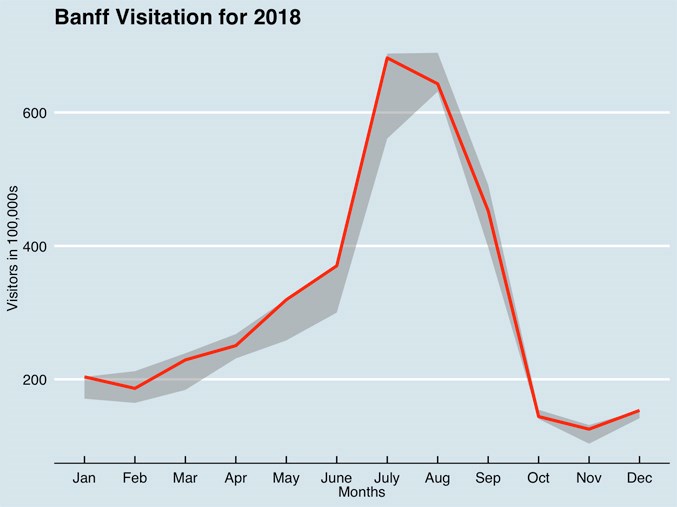CANMORE – Regardless of which party wins the provincial election on April 16, don’t expect the new government to provide tourism-based communities with additional revenue tools to support the millions of visitors they host every year.
Premier Rachel Notley was the latest political leader to all but rule out the idea during a telephone interview with the Outlook on March 29.
“We’re not saying ‘no’ absolutely, but to be clear other jurisdictions are coming to us looking for other tax powers for other compelling reasons as well and we’re not at this point interested in opening up the door for a whole bunch of new taxing powers across the province,” said Notley.
She said she was well aware of the fiscal challenges Canmore, Banff and Jasper face, however it wasn’t an immediate priority for her party.
“We will continue to keep an eye on it and monitor it, so we’re not saying ‘no, not ever’ we’re just saying it’s not something that’s on our immediate to do list.”
In 2016, a report commissioned by the three communities showed that collectively tourism-based communities make up less than one per cent of Alberta’s population, but play host to 13 per cent of the province’s visitors, attracting more than four million tourists annually.
The report found that visitor spending in the three moutnain communities results in an annual economic impact of $2.46-billion and $756-million in tax revenue, however 97 per cent of the tax revenue goes to provincial and federal government coffers.
Notley said one of the reasons her government hasn’t provided tourism-based communities with additional revenue tools is because Alberta transfers more money on average to municipalities than any other province. She said a new tax could also hurt the tourism sector’s competitiveness.
On March 5, UCP leader Jason Kenney told the Outlook he was also aware of the challenges tourism-based communities face, but said his party was still on the fence about the idea.
“We considering that request, but we haven’t made any final decisions,” said Kenney.
According to the party’s tourism platform, if the UCP is elected it would use a portion of existing government funding for tourism to create a “tourism partnership incentive fund” managed through Travel Alberta to attract and identify sources of private sector support for tourism.
The party also wants to double tourism spending in Alberta to $20 billion by 2030.
In February Alberta Party leader Stephen Mandel also acknowledged the challenges tourism-based communities face, however he appeared cool to the idea of providing Canmore, Banff or Jasper with additional revenue tools.
“If we did anything, it would be to increase the hotel tax and to reallocate it back to communities where the money is driven from,” said Mandel, during a brief stop in Canmore on Jan. 31.
Currently the provincial government applies a four per cent tourism tax on overnight accommodations such as hotel rooms and bed and breakfasts, however none of that money is funneled back to the municipalities where it is derived from.
According to Ministry of Culture and Tourism, in 2017-18 the levy generated $85 million, which helped it invest nearly $110 million to support the tourism sector last year, including $44.1 million to support destination marketing through Travel Alberta.
Brenda Stanton, the local Alberta Party candidate, recently proposed changing the Municipal Government Act so tourism-based municipalities could be recognized as a “tourism district” similar to a business improvement area.
According to her plan, she would scrap the existing tourism improvement fee and destination marketing fees in local jurisdictions to create a five per cent tourism district fee with two per cent going to marketing, two per cent to municipal infrastructure and one per cent to a regional housing plan.




